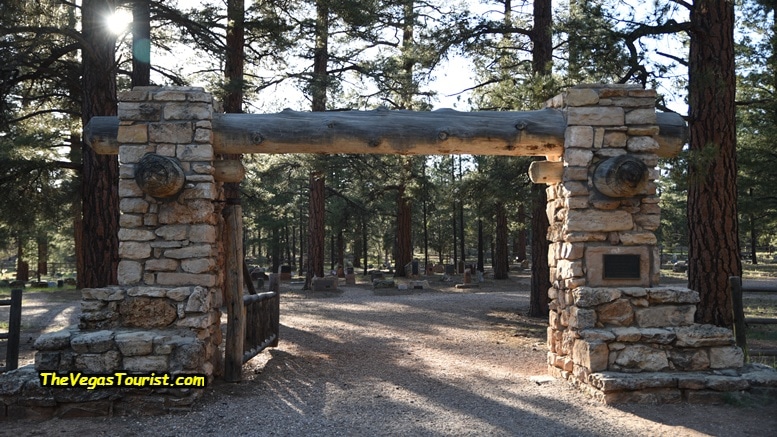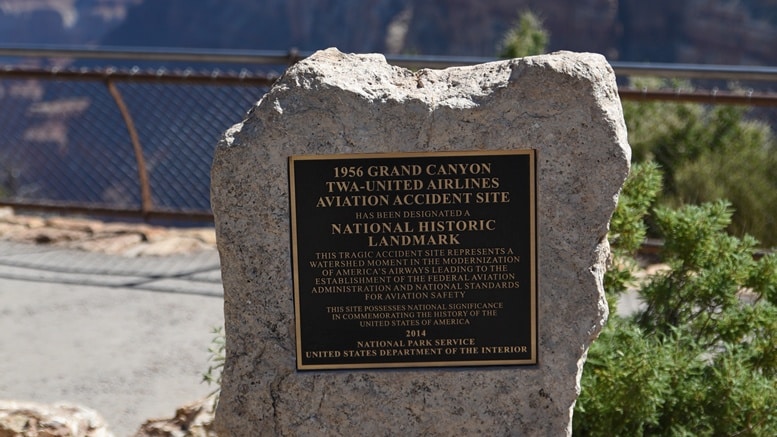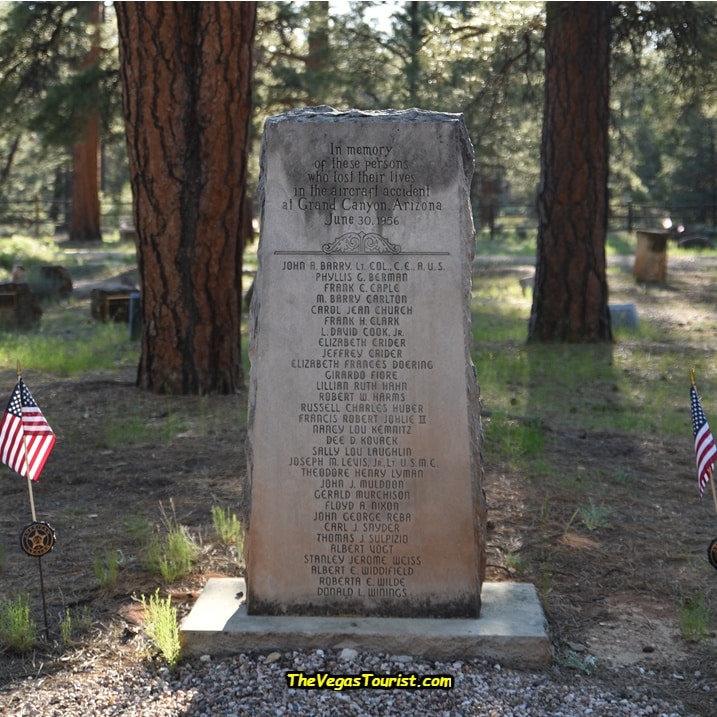
On Saturday, June 30, 1956 at about 10:30 in the morning, the world of aviation changed forever when a United Airlines Douglas DC-7 struck a Trans World Airlines Lockheed L-1049 Super Constellation over the Grand Canyon National Park. Killing all 128 people on both flights.
At the time of the crash, it was the deadliest U.S. commercial airline disaster and deadliest air crash on U.S. soil of any kind and it helped push public demand for the creation of the Federal Aviation Administration (FAA).
To stand on the rim of the Grand Canyon today and look out over the vast openness of the canyon into the buttes, you often have to wonder; “how, in all this open space, could two commercial jets could collide? Causing all that destruction.” Having to remind ourselves that commercial aviation was once a luxury, not a commodity as it is today.

What Happened and why?
What exactly happened to make two commercial planes collide over such an open territory will never be known. We do know that Untied DC 7 come out from below or the side and sliced the TWA “Connie” almost in half. Causing the TWA plane to break apart then free fall to the earth while the United plane continued damaged, but flying as it headed directly into a butte a few miles in front. Beyond that, its all speculation and theory.
Like many people when they hear of the crash, I was fascinated to know more. I have actually had the opportunity to talk with several crash experts about the Grand Canyon crash and even had a chance to read the findings of Civil Aeronautics Administration (CAA, the federal agency in charge of air traffic control at the time) on the crash.
Last fall, while doing a tour to the Grand Canyon Nation Park, I happened to see a new book written on the subject called “We Are Going In“ and the author Mike Nelson was doing a talk on it that night. I could not make it, but made contact with him later and even have an interview with him that I will be editing and be posting soon.

Mike’s uncle Jack was on the United DC 7 and he was wanting answers as well. So his look at it is from a very personal viewpoint and that’s what makes the book such an interesting read. He puts you in the planes as it happens and looks at it from all the various angles as well as reading some of the stories of the people that had family and friends on the flight.
Mike tells the story as the flights begin, who, when, how and what. He also has investigated the various theories about what happened and why and reconstructs them to see if one is more valid then the other. The conversation is interesting as well as the book itself.
One of the points made in the book as well as the various theories that have emerged over the years, is that we need to look at it from that timeline, that point of history in aviation, accident investigation and how we viewed the world around us as compared to how we look at the world of aviation today.
What I found most interesting in the book was how Mike was able to make personal, make you feel like you are riding along and experiencing the various moments of the tragedy. His connecting the reader with the family of the victims. What they were doing, being told and what they thought as the news was starting to break and the theories of how this could happen started to develop and how the media was trying to immediately find a person to blame.
The one thing that is most consistent with the various stories and theories is that both planes were coming out of or around a rain cloud and did not see the other aircraft until it was too late. The title of Mike Nelson’s book comes from the only recorded radio transmission received from either aircraft and that was United First Officer Robert Harms message telling whoever got the recorded message that “We’re Going In” Meaning the plane was about to crash.
The Remains

Today, as you enter the Grand Canyon Pioneer Cemetery, you will see a marker that lists the names of twenty-nine unidentified victims of the United flight that are buried beneath it in four coffins, plus the names of two that were identified and buried elsewhere. Sixty-six of the seventy TWA passengers and crew are interred in a mass grave at Citizens Cemetery in Flagstaff, Arizona.

Be the first to comment